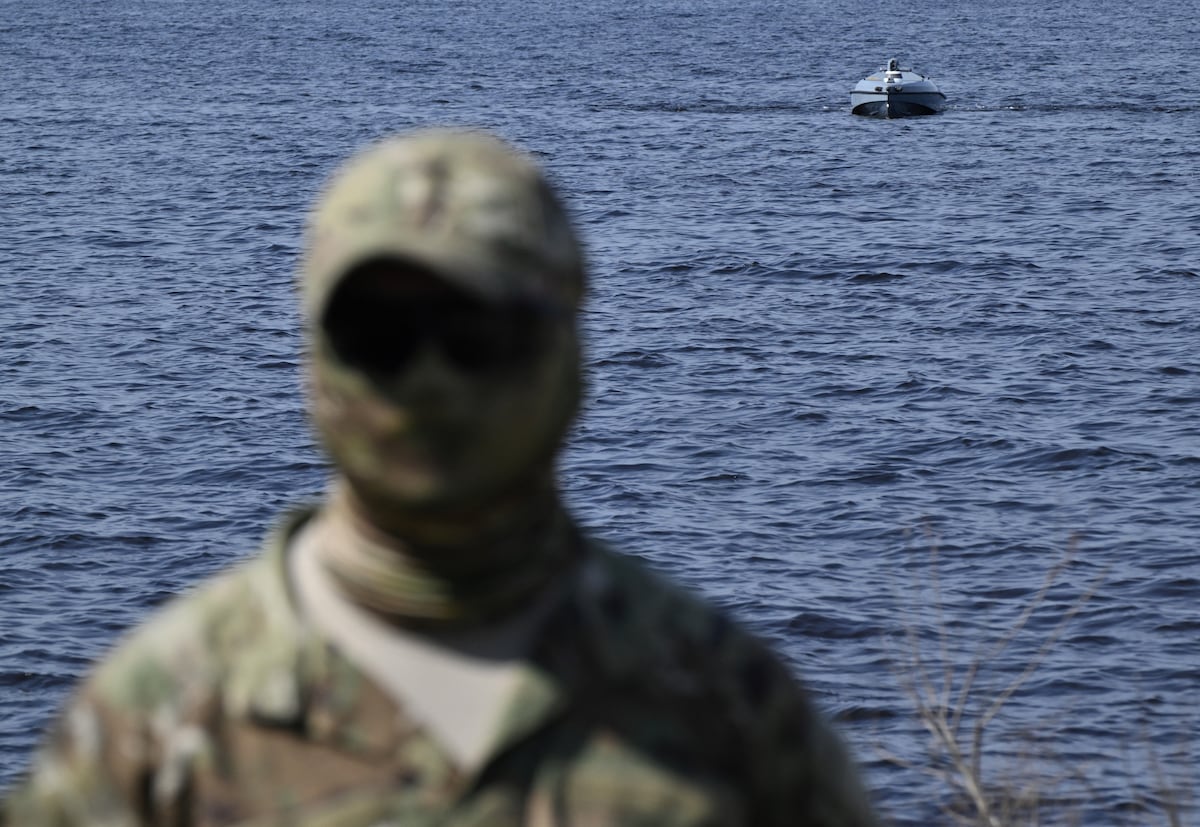Assessing the Evolving Naval Landscape: China’s Transparent Ocean Strategy
Introduction to the Sensor Architecture
The People’s Liberation Army (PLA) is actively constructing an extensive “invisible net” within the western Pacific, characterized by a sophisticated, multi-dimensional sensor framework termed the “Transparent Ocean” strategy. This architecture encompasses five levels, ranging from seabed sensors to space-based systems, fundamentally altering the operational theater for U.S. and allied submarines, often referred to as the “black sharks.”
The Challenge Presented by Joint Exercises
The capabilities of this sensor network were prominently illustrated during the Joint Sea-2025 exercises held near Vladivostok in August, where Chinese and Russian naval forces conducted anti-submarine warfare drills. The exercise availed real-time data sharing on hydro-meteorological conditions and air-sea dynamics, effectively demonstrating the goal of denying deep-diving submarines critical operational space.
These drills highlighted the development of an advanced, automated kill web intended for comprehensive tracking across multiple maritime domains. This system is designed to facilitate sustained, real-time monitoring, contributing to the PLA’s strategic objectives.
Layers of the Transparent Ocean
The Transparent Ocean strategy consists of five key layers:
-
Ocean Star Cluster (Space-Based): This layer utilizes a network of satellites employing interferometric radar altimetry and lidar systems for broad surveillance, identifying specific areas for closer inspection by lower layers.
-
Air-Sea Interface (Surface/Near-Surface): This stratum comprises smart buoy networks, wave gliders, and autonomous surface vessels that conduct upper ocean sampling while serving as data relay points, converting low-speed underwater acoustic signals into high-capacity communications for operational command.
-
Starry Deep Sea (Water Column): This layer includes deep-sea floats and autonomous underwater vehicles (AUVs) tasked with prolonged surveillance missions below the ocean’s mixed layer, collecting environmental data and enhancing acoustic payloads.
-
Undersea Perspective (Seabed): The foundation of the sensor grid, featuring a network of observatories and hubs connected by undersea cables. This infrastructure supports passive sensors, navigation beacons, and data management for unmanned vessels, extending their operational duration.
-
Deep Blue Brain (Data Fusion): Acting as the core of the command structure, this layer integrates multi-domain data into a coherent operational picture, enabling the PLA to allocate targets to various combat networks.
Strategic Implications of Automated Kill Webs
As outlined in key PLA military literature, the evolution from a traditional kill chain to a diversified “maritime adaptive kill web” allows for resilience against node failures, offering alternative pathways for sensor-to-shooter engagements. This automated system minimizes the likelihood of operational disruptions following attacks on individual components.
Recent studies from Dalian Naval Academy validate this transition, demonstrating algorithms capable of assessing numerous strike vectors based on effectiveness and timing.
Accelerating Developments in Undersea Technologies
The Transparent Ocean initiative is rapidly transitioning from theoretical frameworks to practical applications. Several key components have emerged from ongoing civil-military efforts in China’s undersea domain:
-
Sensor Capabilities: Real-time seabed data flow was first achieved in 2014 through integrated systems developed by Zhejiang University. Today, a cross-domain maritime network operated by the China Academy of Electronics and Information Technology facilitates comprehensive situational awareness.
-
Uncrewed Undersea Vehicle (UUV) Initiatives: China’s XLUUV projects are advancing with emerging prototypes poised to serve as operational platforms outfitted for sensor deployment and maintenance.
-
Power Management Innovations: Long-duration UUV operations hinge on advancements in energy sources, such as higher-specific-energy batteries designed for efficiency and undersea recharging capabilities.
Prospective Countermeasures for Regional Threats
As the PLA’s sensor network expands, allied submarines will face enhanced operational challenges and fewer hiding spots across the strategic chokepoints: the South China Sea, Taiwan Strait, and Straits of Malacca.
To counter these developments, the U.S. and its allies must pivot to a “mesh-vs-mesh” strategic framework. This includes:
-
Development of Counter-sensing Capabilities: Employing tactics that enhance deception and jamming while ensuring robust, interoperable communications.
-
Enhanced UUV Operations: Investing in capabilities to detect and interdict PLA UUVs through both kinetic responses and electromagnetic warfare.
-
Collaborative Regional Initiatives: Strengthening partnerships with allies, such as Australia’s deployments of advanced UUVs and Japan’s investments in undersea communication robustness.
Conclusion
The ongoing evolution of China’s Transparent Ocean strategy serves as a pivotal reminder of the changing dynamics in naval warfare. A transition from the traditional kill chain to a sophisticated, adaptive kill web not only enhances PLA capabilities but significantly complicates the operational landscape for the U.S. and its allies. To effectively navigate this landscape, understanding the nuances of technological advancements and implementing collaborative countermeasures will be imperative.





